If you’re looking to add a touch of nature to your home, indoor plants are a great option. But if you’re new to the world of indoor plants, where do you start?
Our beginner’s guide to indoor plants will help you choose the right plants for your home, give you tips on care and maintenance, and tell you what to expect. So if you’re ready to get started with indoor plants, read on!
Indoor plants are great for purifying the air and adding a touch of nature to your home.
If you’re looking to add some life to your home without the hassle of a pet, indoor plants are a great option! In this beginner’s guide, we’ll cover some of the basics of indoor plant care. From choosing the right plant for your space to watering and fertilizing, we’ll help you get started on your indoor plant journey.
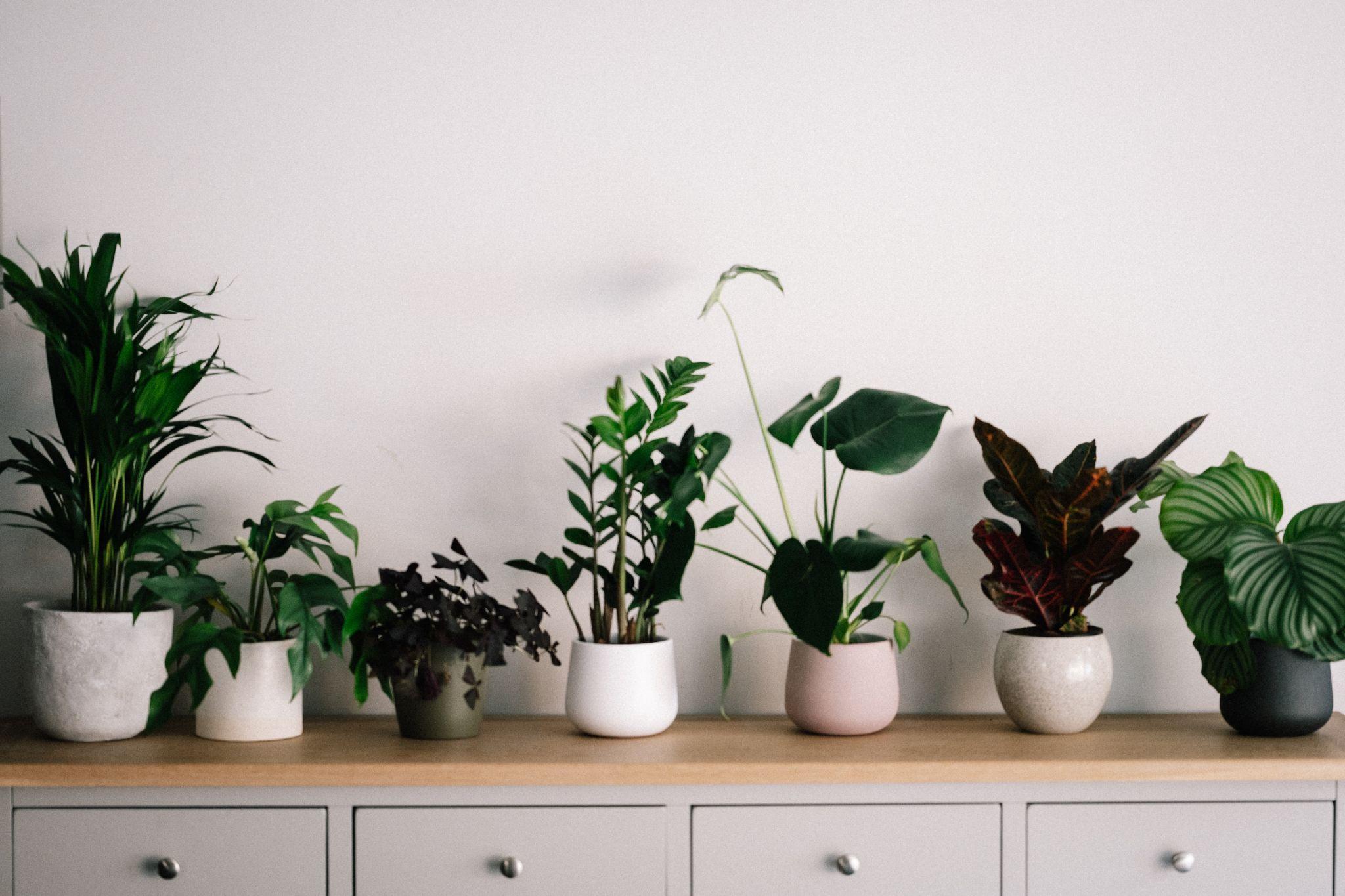
Indoor Plants: What Are They And Why Should You Care?
Indoor plants are awesome. They improve indoor air quality, help purify the air, and can even help boost your mood. Not to mention, they look great and can help add a pop of color to your home.
So why should you care about indoor plants? Well, there are plenty of reasons! Here are just a few:
1. Indoor plants improve air quality.
According to a study by NASA, indoor plants can help remove toxins from the air. They do this by absorbing harmful chemicals like carbon dioxide and producing oxygen. This can help reduce your exposure to harmful chemicals and improve the air quality in your home.
2. Indoor plants can help purify the air.
In addition to improving air quality, indoor plants can also help purify the air. They do this by trapping pollutants and dust particles in their leaves and roots. This can help reduce allergies and respiratory problems.
3. Indoor plants can help boost your mood.
Studies have shown that indoor plants can help improve your mood and mental health. They can help reduce stress and anxiety, and even increase focus and concentration. So if you’re feeling down, a little bit of greenery may be just what you need.
4. Indoor plants look great.
Let’s be honest, plants just make your home look better. They can add a touch of color and life to any room. And with so many different kinds of plants to choose from, you’re sure to find one that fits your style.
So there you have it! These are just a few of the reasons why you should care about indoor plants. So go out and get yourself some plants, and enjoy all the benefits they have to offer.
The Possible Drawbacks Of Indoor Plants
Indoor plants can be a great addition to any home, but there are also some downsides to having them inside. Here are some of the drawbacks of indoor plants:
1. They can be messy.
Indoor plants can sometimes drop leaves or flowers, which can create a mess on your floors or furniture. If you have allergies, pollen from indoor plants can also trigger your symptoms.
2. They need care and attention.
Indoor plants need to be watered regularly, and they may also need to be fertilized and pruned. If you’re not able to give them the care they need, they may start to die.
3. They can attract pests.
If you have indoor plants, you may also end up with indoor pests, like aphids, mealybugs, or spider mites. These pests can damage your plants and spread to other areas of your home.
4. They can be poisonous.
Some indoor plants, like philodendrons and dieffenbachias, can be poisonous if ingested. If you have young children or pets, you’ll need to be extra careful to keep them away from these plants.
5. They can cause allergies.
As mentioned before, pollen from indoor plants can trigger allergies in some people. If you have asthma or other respiratory problems, you may want to avoid having indoor plants.
6. They can be expensive.
If you want to buy high-quality indoor plants, you may have to spend quite a bit of money. And if you’re not able to take care of them properly, you may end up wasting your money.
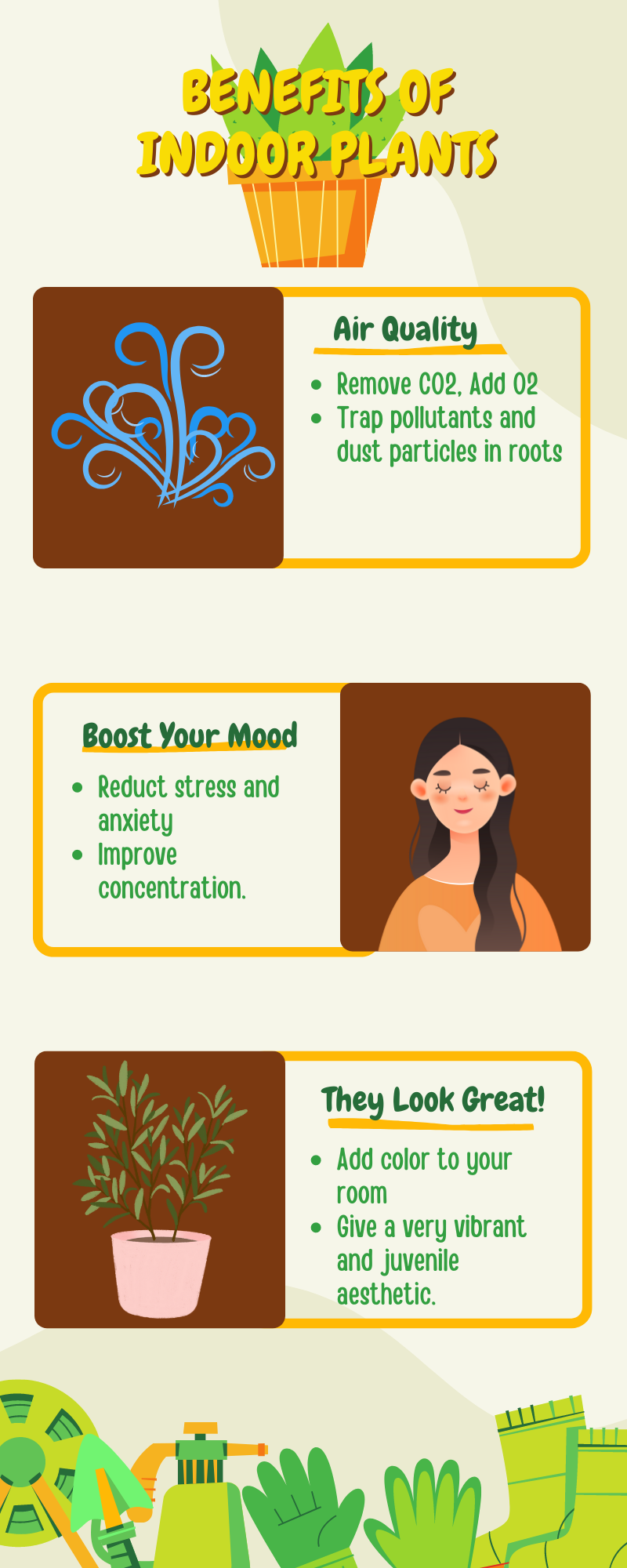
The Best Indoor Plants For Beginners
Not everyone has a green thumb, but that doesn’t mean you can’t have beautiful plants in your home! Here are some of the best indoor plants for beginners:
1. Pothos
Pothos are one of the easiest houseplants to care for, which makes them perfect for beginners! They can tolerate a wide range of light conditions and can even survive in low light. Pothos are also very hardy and can withstand occasional neglect. Just be sure to water them when the soil begins to dry out.
2. Snake Plant
Snake plants are another great option for beginners. They are very tolerant of neglect and can survive in a wide range of light conditions, from low light to bright light. Snake plants are also known for being very drought tolerant, so you don’t need to worry about watering them too often. Just be sure to let the soil dry out completely between waterings.
3. Spider Plant
Spider plants are one of the most popular houseplants around, and they’re perfect for beginners! They are very easy to care for and can tolerate a wide range of light conditions. Spider plants are also very drought tolerant, so you don’t need to water them too often. Just be sure to let the soil dry out completely between waterings.
4. Peace Lily
Peace lilies are another great option for beginners. They are very easy to care for and can tolerate low light conditions. Peace lilies also prefer to be on the drier side, so you don’t need to water them too often. Just be sure to let the soil dry out completely between waterings.
5. ZZ Plant
ZZ plants are perfect for beginners! They are very easy to care for and can tolerate a wide range of light conditions, from low light to bright light. ZZ plants are also very drought tolerant, so you don’t need to water them too often. Just be sure to let the soil dry out completely between waterings.
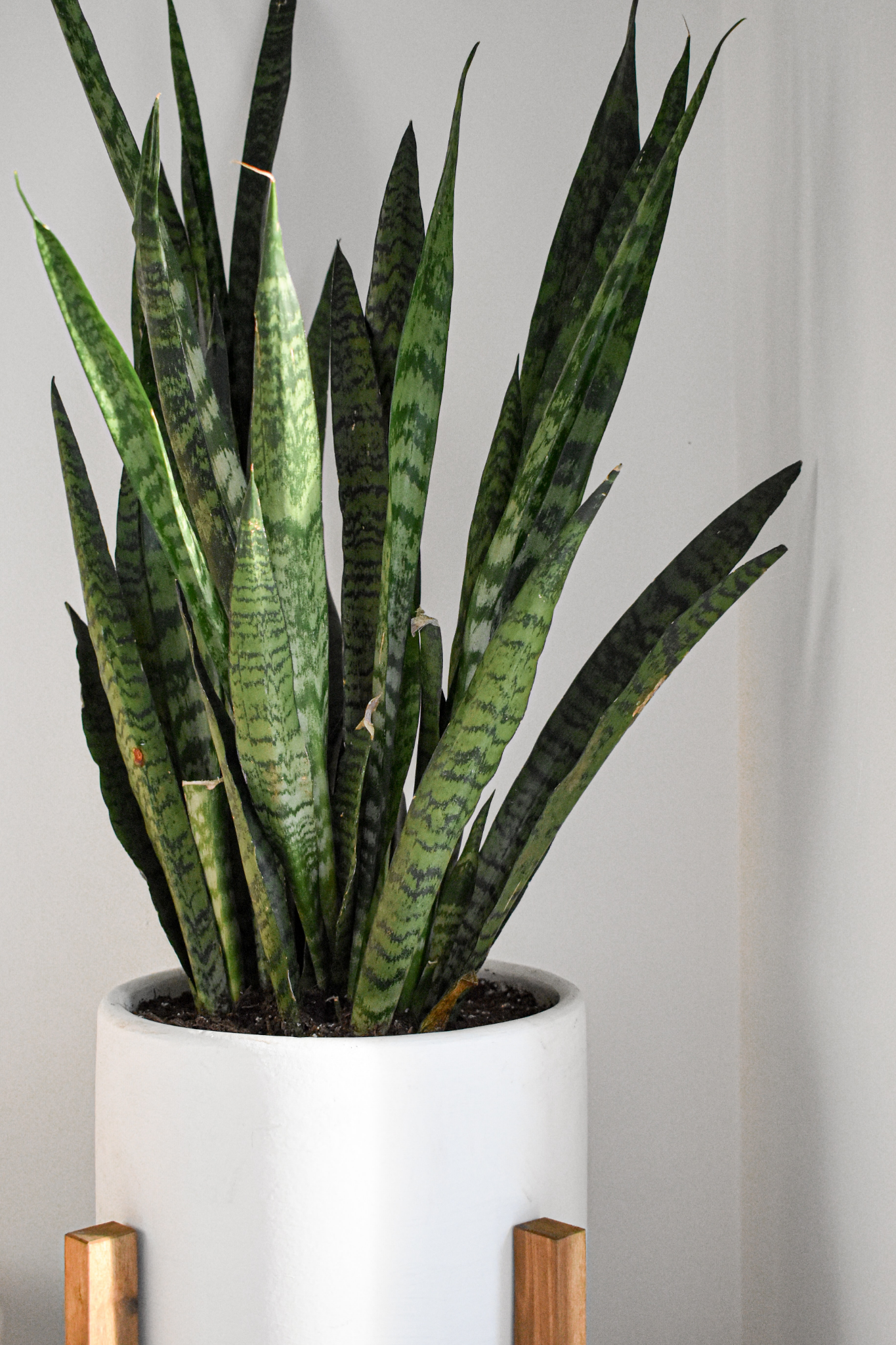
Snake plant
How To Care For Your Indoor Plants
Water your plants regularly. Indoor plants need to be watered about once a week, depending on the size of the plant and the pot it’s in. The best way to water your plants is to stick your finger in the soil to see if it’s dry before watering.
Fertilize your plants every few months. You can use a liquid fertilizer or slow-release pellets. Be sure to follow the directions on the package.
Give your plants some light. Most indoor plants need bright, indirect sunlight. If you don’t have a spot that gets enough light, you can buy grow lights.
Keep your plants clean. Dust and dirt can build up on leaves, so it’s a good idea to wipe them down every now and then. You can use a soft cloth or a soft brush.
Prune your plants as needed. You can prune indoor plants to remove dead leaves or branches. You can also prune to shape the plant.
Repot your plants every few years. As plants grow, they need more room. You’ll know it’s time to repot when the plant starts to outgrow its pot.
Watch for pests. Check your plants regularly for pests, such as aphids, mealybugs, or spider mites. If you see any, you can try to remove them by hand or treat the plant with an insecticide.
With a little care, your indoor plants will thrive.
The Most Common Indoor Plant Problems (and How To Fix Them!)
One of the most common problems with indoor plants is that they don’t get enough light. If your plant is not getting enough light, it will start to lose its leaves and eventually die. The best way to fix this problem is to move your plant to a spot where it will get more light.
Another common problem is that plants can get too much water. If your plant is getting too much water, it will start to yellow and wilt. The best way to fix this problem is to water your plant less often.
If your plant is not getting enough water, it will start to turn brown and dry out. The best way to fix this problem is to water your plant more often.
Finally, plants can sometimes get too much or too little fertilizer. If your plant is not getting enough fertilizer, it will start to yellow and lose its leaves. If your plant is getting too much fertilizer, it will start to turn brown and die. The best way to fix this problem is to fertilize your plant according to the instructions on the fertilizer package.
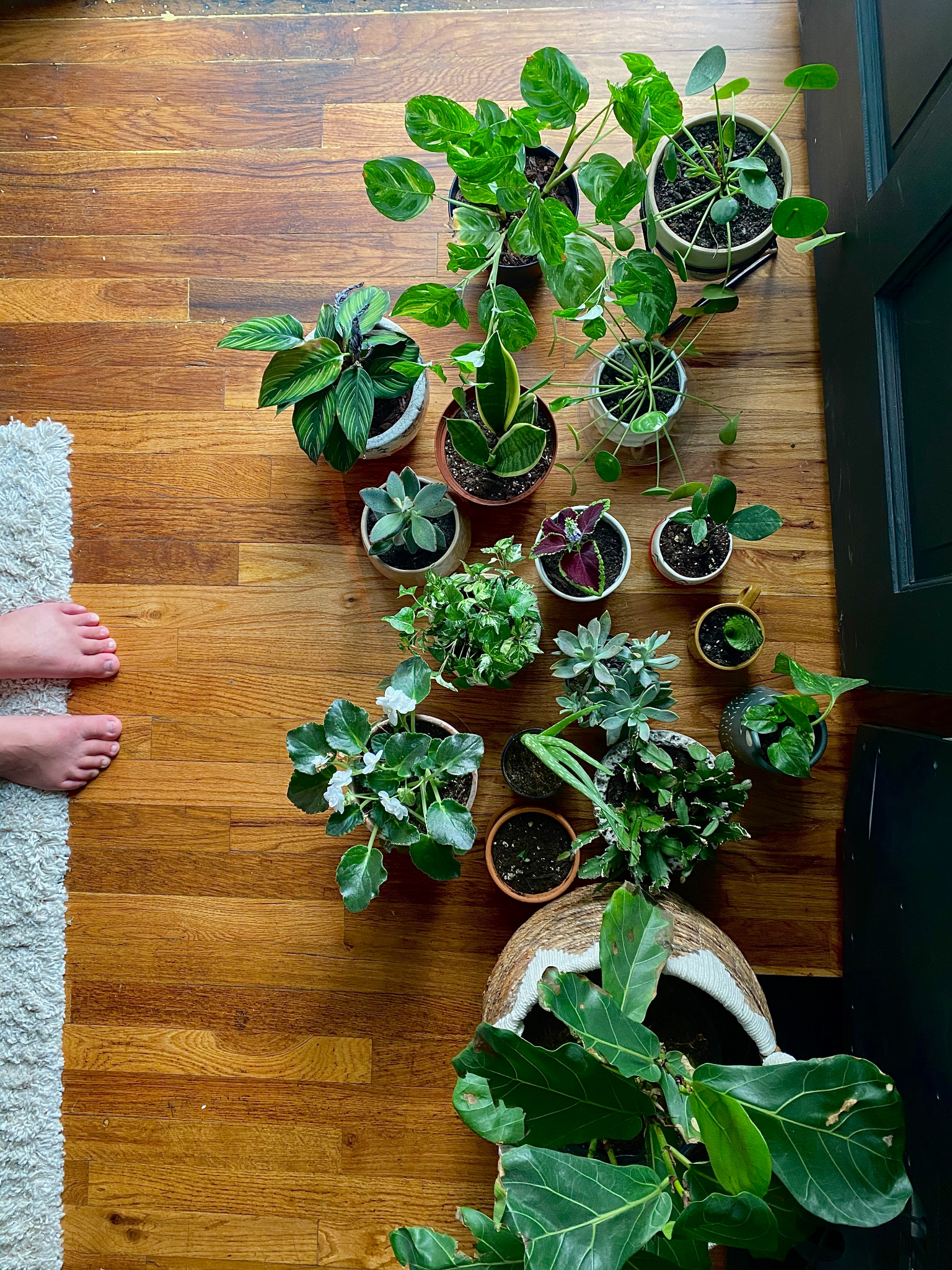
Tips For Choosing The Right Indoor Plants For Your Home
1. Consider your space
The first step to choosing the right indoor plant is to consider the space you have available. If you have a small space, you’ll want to choose a smaller plant. If you have a large space, you can choose a bigger plant.
2. Consider your light
The second step to choosing the right indoor plant is to consider the light in your space. If you have a lot of natural light, you can choose a plant that needs more light. If you have less natural light, you can choose a plant that doesn’t need as much light.
3. Consider your water
The third step to choosing the right indoor plant is to consider your water. Some plants need more water than others. If you live in a dry climate, you’ll want to choose a plant that doesn’t need as much water. If you live in a wet climate, you can choose a plant that needs more water.
4. Consider your climate
The fourth step to choosing the right indoor plant is to consider your climate. If you live in a cold climate, you’ll want to choose a plant that can tolerate the cold. If you live in a hot climate, you’ll want to choose a plant that can tolerate the heat.
5. Consider your pets
The fifth step to choosing the right indoor plant is to consider your pets. If you have pets, you’ll want to choose a plant that is non-toxic to animals.
How To Create An Indoor Plant Oasis
If you want to turn your home into a plant oasis, there are a few things you need to do. First, you need to pick the right plants. Make sure to choose plants that thrive in indoor conditions and that you think are aesthetically pleasing. Once you have your plants, you need to find the right pots and planters. Again, make sure the pots are appropriate for indoor plants and that they complement your home’s style. Once you have your plants and pots, it’s time to start arranging them. Think about where you want each plant to go and how you want them to look. You can create different arrangements for different areas of your home. Finally, make sure to care for your plants properly. Water them regularly and give them the right amount of light. With a little bit of effort, you can turn your home into a plant oasis.
The Best Way To Display Your Indoor Plants
If you want your indoor plants to really stand out, there are a few things you can do to make sure they are displayed in the best way possible. Here are some tips:
-Choose a location that gets good light. Most plants need at least six hours of sunlight per day, so a spot near a window is ideal.
-Think about the height of your plants. You don’t want them to be too tall or too short in relation to the rest of the room.
-Group plants together. This will create a more impactful display and also help to create a more humid environment, which is beneficial for many plants.
-Use different types of containers. A mix of pot sizes and materials will add interest to your display.
-Add some height. Placing plants on shelves or in hanging baskets will help them stand out more.
-Consider the overall look of the room. Make sure your plant display fits in with the style of the space.
By following these tips, you can create an eye-catching display of indoor plants that is sure to impress.
Indoor Plant Trends For 2022
Indoor plants are all the rage in 2022. From hipster hangouts to chic offices, plants are popping up everywhere. Here are some of the hottest trends in indoor plants this year:
1. Succulents
Succulents are trendy, low-maintenance plants that come in a variety of shapes and colors. They’re perfect for busy people who want to add a touch of nature to their space without having to worry about watering too often.
2. Air Plants
Air plants are another popular option for indoor plants. These unique plants don’t need soil to grow, making them very easy to care for. They’re also very versatile and can be displayed in a variety of ways.
3. Tropical Plants
Tropical plants are a great way to add some color and life to your space. They tend to be very vibrant and can really liven up a room. However, they can be a bit more high-maintenance than other types of plants, so make sure you do your research before adding one to your collection.
4. Herb Gardens
Herb gardens are a great way to add both function and beauty to your home. Not only do they look great, but they also allow you to have fresh herbs on hand for cooking. If you’re short on space, you can even grow herbs in containers on your windowsill.
Quick Tips
- Start with easy-to-care-for plants like succulents, snake plants, or philodendrons.
- Place your plants in a spot with bright, indirect light.
- Water your plants when the soil is dry to the touch.
- Don’t forget to fertilize your plants every few weeks!
- Be sure to check for pests and diseases regularly.
- Enjoy your beautiful indoor plants!
Conclusion
If you’re looking for a way to add a little life to your home, indoor plants are a great option. Not only do they look beautiful, but they can also help purify the air and boost your mood.
If you’re new to the world of indoor plants, this guide will help you get started. We’ll cover everything from choosing the right plant for your space to taking care of it once it’s in your home. So whether you’re looking for a low-maintenance option or something that will thrive in a bright, sunny spot, there’s an indoor plant out there for you.
Michelle Wilde
Related posts
3 Comments
Leave a Reply Cancel reply
![]()
About Michelle Wilde
Michelle Wilde is a stay-at-home mom and avid plant lover. Armed with a post-graduate degree in Computer Science (no kidding!), she loves researching plants and landscapes. When she is not caring for her 4 kids, she spends time on her passion for plants. She blogs at www.indoorplantschannel.com, the trusted source for indoor plants.
Learn more
Subscribe
* You will receive the latest posts and updates about indoor plants!
Search
Recent Posts
Categories
- Beginner Guides (10)
- FAQ (206)
- General (2)
- How-To Guides (212)
- Indoor Plants (214)
- Pest Management (2)
- Plant Problem Solutions (4)
- Seasonal Growing (2)
- Specialized Environments (2)
- Specific Plant Care (3)
- Technical Growing (2)
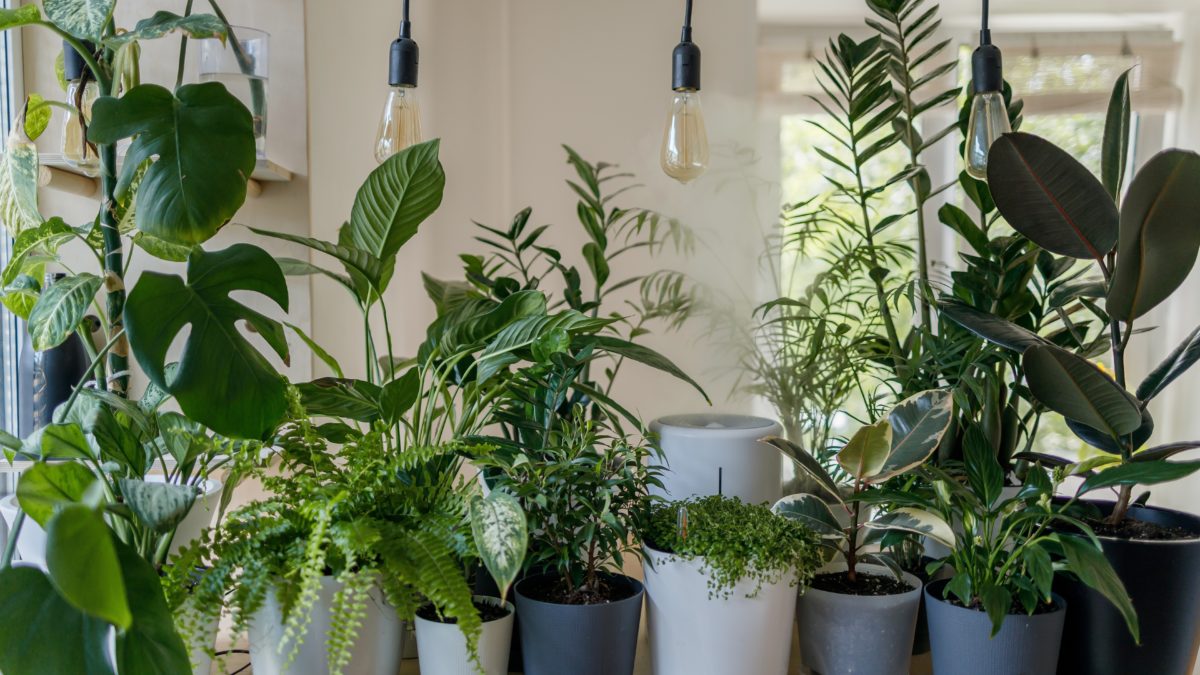
[…] to create an indoor oasis? Check out our guide to the best plants for indoor spaces. From low-maintenance options to air-purifying plants, we’ve got you […]
[…] you’re looking to improve your mood, it’s important to choose the right indoor plant. There are a few things to keep in mind when making your […]
[…] you want your indoor plants to thrive, you need to start with the perfect soil. This guide will show you how to choose the […]